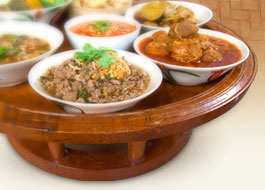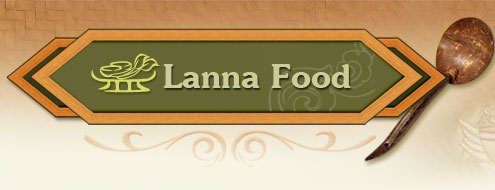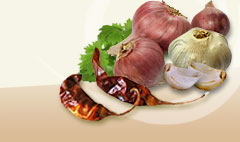Briefly deciduous tree, 4-20 m. high, 40 cm. diameter (more like rain tree in shape.). Bark pale gray with large cream lenticles and horizontal wrinkle. Leaf trifoliate, alternate, lance-shaped, 1-6 cm. wide, 5-20 cm. long, 12-15 obvious side veins, thick leathery, pale gray-green below, m. Flower in open long-stalked terminal clusters 10-16 cm. long with 40-100 flowers, petals narrowly stalked, small and green at first becoming much larger, turning first white, then pale yellow, 4-7 cm. lower stems, 1.5-2 cm. wide, 1.5-3 cm. long. Easily recognized by the numerous long lavender 15-25 stamens and ovary stalk which stick out far beyond the petals 3.5 5.5 cm. Leaves drops before blooming, mildly fragrant. Fruit round or oval, 5-8 cm. long, the scaly skin is thick and leathery, 4-5 cm. but inside soft with many dark round horseshoe shaped seeds, 6-9 mm. long, 2-3 mm thick. (Kanchana Diwiset, et al., Compiler 1999, p. 19) |




